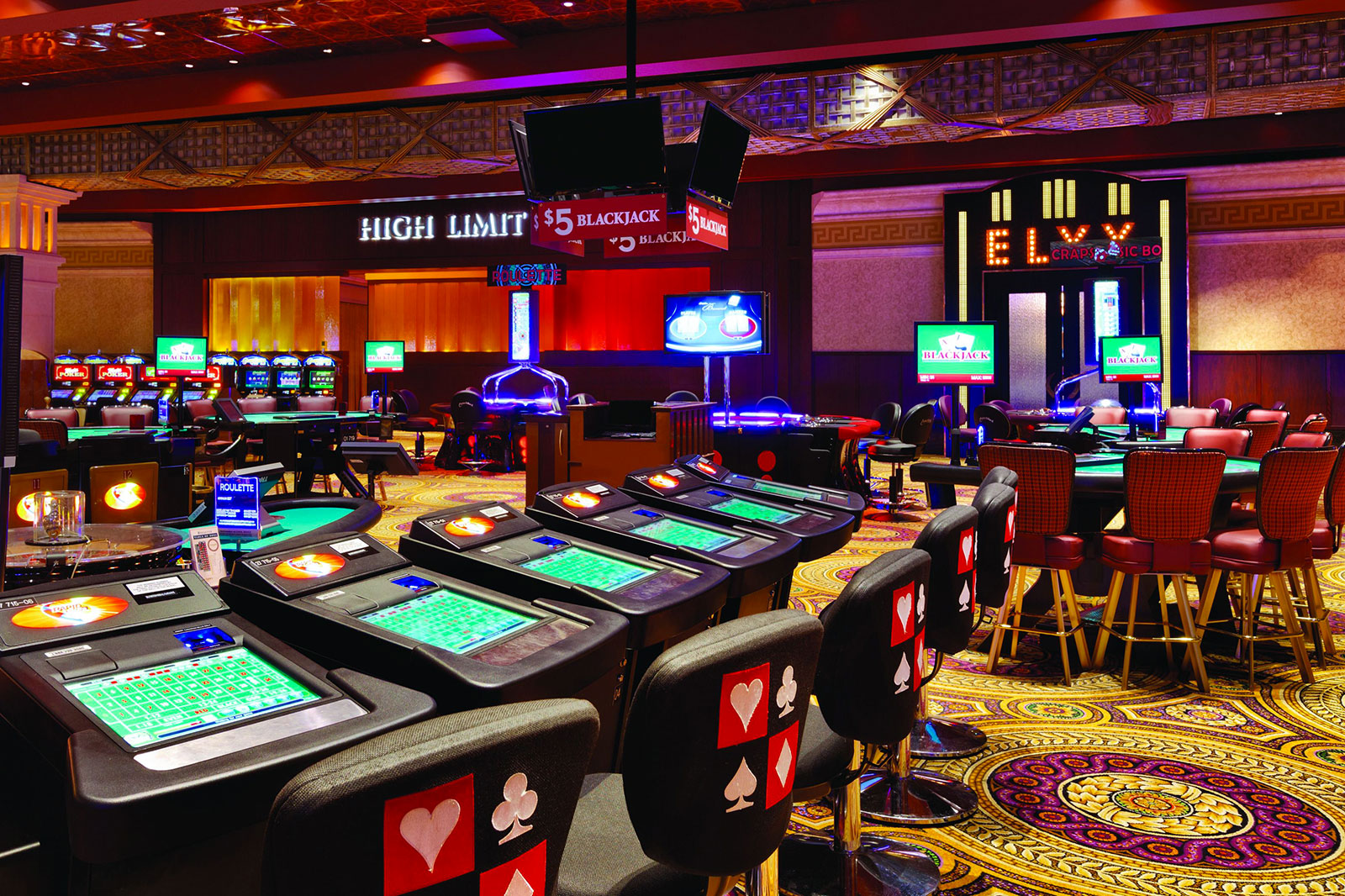
Gambling games have long captivated people’s attention, drawing gamblers into a realm filled with chance, strategy, and the allure of adventure. Each experience is carefully crafted not just for entertainment, but also to elicit specific emotional responses that keep gamblers involved and invested. Understanding the motivations behind these designs reveals much about how behavioral psychology plays a vital role in the gaming experience.
From the bright lights and dynamic sounds to the intricate layering of systems and payoffs, casino games are designed to create an atmosphere of excitement and expectation. Game designers leverage mental cues to influence player behavior, whether through the use of jackpots, near-miss scenarios, or community engagement. By examining these aspects, we can better appreciate how casino games fulfill not just a need for entertainment, but underlying psychological needs for adventure and uncertainty.
Understanding Player Actions
Casino games are designed with a deep comprehension of player psyche, which is crucial for luring and retaining players. The thrill of the game, alongside the anticipation of winning, establishes a formidable allure. Game designers utilize elements like sonic elements, colorful graphics, and captivating gameplay to capture attention and elicit emotional responses. These sensory effects enhance the overall experience, making players feel more involved in the game.
Another important aspect of player behavior is the concept of risk/reward dynamics. Casino games often manage risky situations with the potential for significant rewards, which can result in the event known as near-miss phenomenon. When players come near to winning, the brain secretes dopamine, strengthening their behavior and encouraging them to persist playing in search of that hard-to-reach win. This cycle of anticipation and letdown plays a critical role in how games are constructed and marketed.
Lastly, social factors also play a critical role in player behavior at casinos. Many games are designed to be played in groups or with other players, creating a sense of community and shared experience. The interaction inherent in games like baccarat enhances enjoyment and can result in prolonged gaming periods. Designers leverage on this by designing environments that encourage players to remain, interact, and return, making the overall casino experience more appealing.
The Role of Visuals and Audio
Visuals and sound play a significant role in improving the gambler’s experience within gambling games. Designers utilize bold colors, striking graphics, and captivating animations to capture players’ attention and sustain their focus. The use of motifs, such as exploration or opulence, helps create an immersive atmosphere that transports players into another world. By connecting to the senses, these elements add to a intensified emotional response, prompting players to engage more profoundly with the games.
Audio design is equally important in enhancing the experience of casino games. The combination of background music, audio effects for winning combinations, and ambient noises creates an auditory landscape that holds players fascinated. Sounds associated with victories, such as ringing bells or festive music, evoke feelings of thrill and reward, encouraging players to continue playing. These audio cues are carefully placed to amplify the excitement of the game and create a more immersive experience.
Additionally, the synchronization of visuals and sound is crucial for supporting the game’s overall theme and atmosphere. Each element should coordinate harmoniously to create a cohesive experience that draws players in. The effective use of this integration not only improves user enjoyment but also increases the chances of repeat play, as players become more invested in the captivating world that the gambling games offer. This thoughtful integration of imagery and sound ultimately enhances player involvement and commitment.
Incentive Structures and Engagement
The design of gambling games significantly depends on incentive structures to keep players engaged and coming back for more. These systems are rooted in behavioral principles that exploit human nature and desire. https://32win1.onl/ Players are often motivated by the excitement of success, which is reinforced by immediate feedback through the game’s mechanics. This instant gratification not just improves the overall experience but also fosters a sense of achievement, prompting participants to continue playing in hopes of bigger rewards.
Gaming establishments adopt various incentive systems, including large payouts, bonuses, and increased rewards, to captivate participants. These features create a level of excitement that sustains engagement. Additionally, the unpredictability of outcomes plays a significant role in sustaining interest. The intermittent reinforcement schedule, where wins are unpredictable but occur often enough, keeps participants on edge and driven to keep playing. This loop of anticipation and expectation is essential to the success of casino games.
Furthermore, social elements, such as competitive events and multiplayer features, boost the engagement factor by leveraging the desire to compete of players. The communal aspect of playing with fellow participants can amplify the thrill of success and create a sense of community within the casino. By integrating these social dynamics with effective incentive structures, gambling experiences not only offer fun but also nurture a stronger bond among players, solidifying their loyalty to the overall experience.